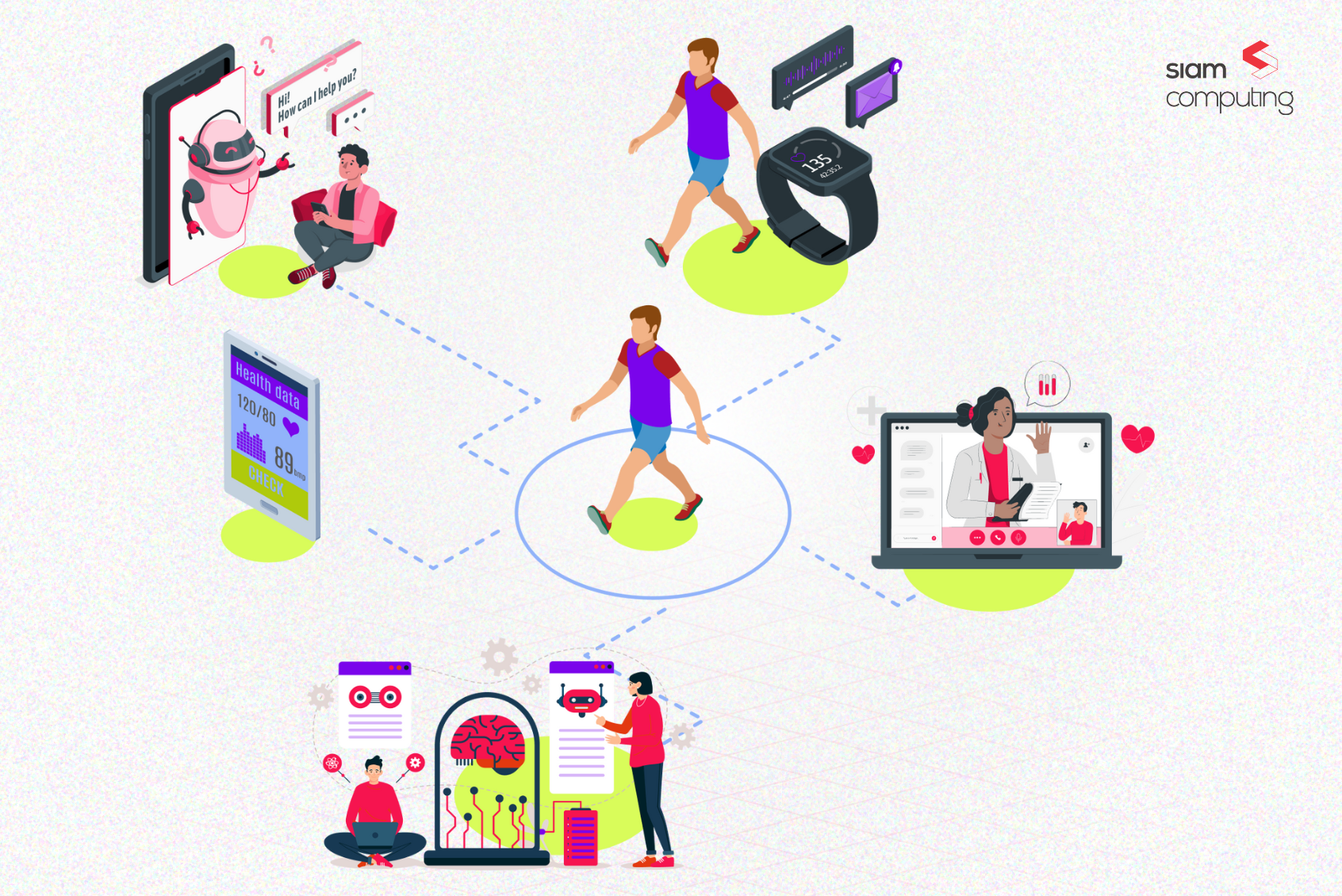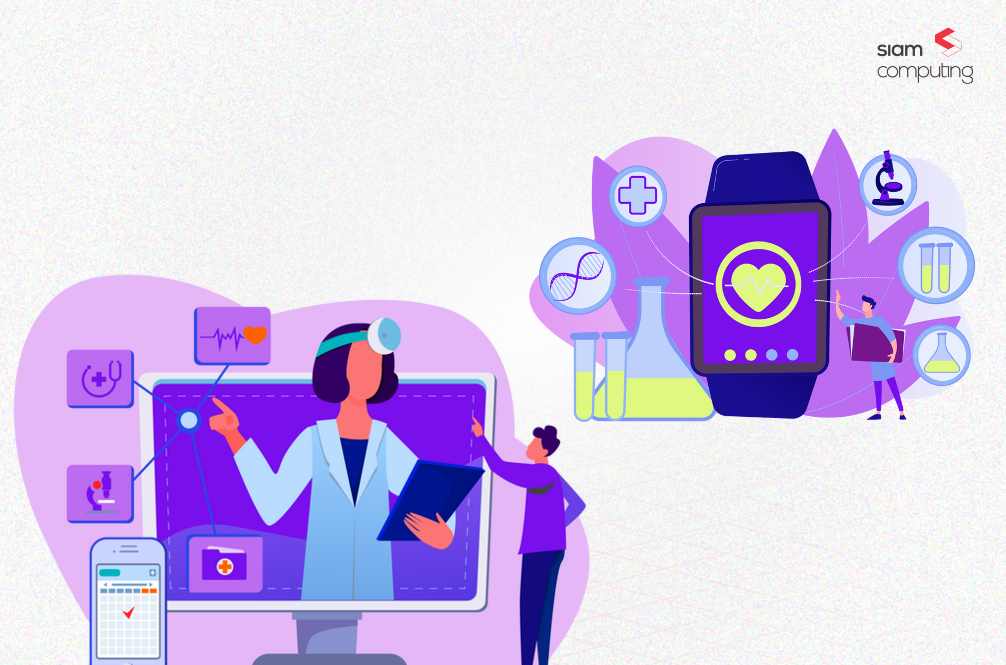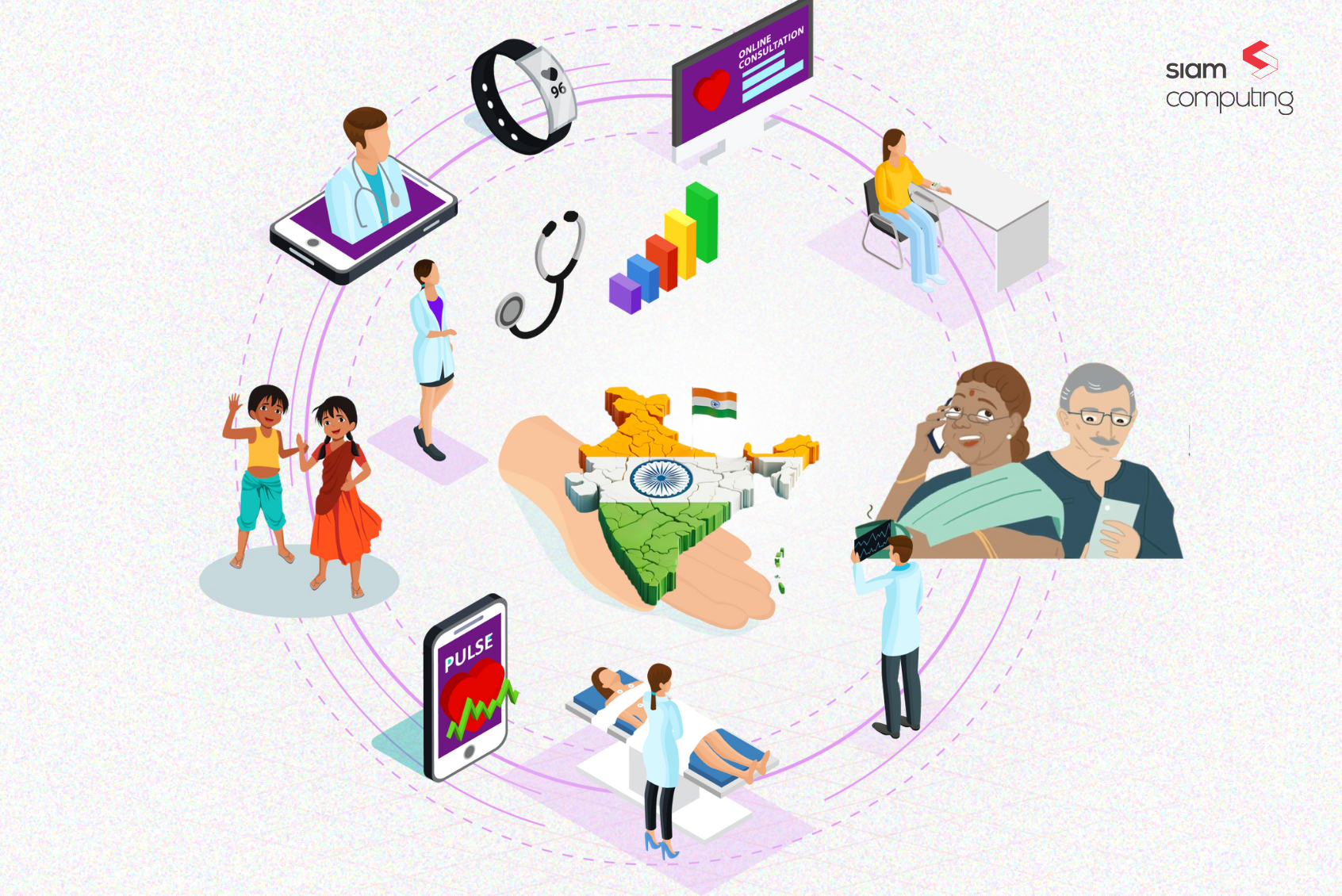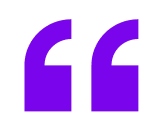Work Smarter, Not Harder: What Is Process Digitization And How Can It Make My Company More Awesome?
Digital transformation is all over the place so is the question What is process digitization? Now that the media shouts loud how important this will be for your business, you probably told yourself you’ll have to get your team together one of these days to use a specific type of technology to fulfill your business goals. So let’s define your goal together! What do you want? You probably don’t want to use technology just for the sake of being trendy. We believe that digital transformation is about leveraging the power of the right technology to support your business strategy. Let’s focus together on one of the key components of digital transformation recognized to help businesses reach customer satisfaction.
Apart from everything else included in digital transformation, we suggest that you start with this bit. It’s called “Process Digitization” and touches the core of your operations. It’s about working smarter, not harder.
But what does it actually means? And why would it make your business even more awesome?
Digitalize Your Processes
“Digitizing your processes” actually means getting every actionable information out of your head by storing it in software, and design the best user experience for you to fulfill your tasks in the best manner, whether alone or in a team.
There have always been a couple of tasks you always had to do. Though, deep in your heart, you knew they were not driving value to your business. You know what I mean. Filling that paper. Calculating that amount. Sending the same emails over and over again. You may have thought, one day, “I wish someone could do it for me”.
And the list goes on. Let’s focus on an example with a small business owner, you’ll get the picture.
Imagine you’re a trader in the retail business: you buy things for a particular price and sell them for a higher price. Among your other tasks, you need to keep track of both prices, to make sure you make a profit over time. But here is where it gets complicated: the prices change sometimes, and sometimes you stop buying from one business because another one has a more attractive price. And sometimes you want to lower or increase your prices. And you have more than 100 products in your store. And you need to decide quickly at which price you’ll be able to sell your products to your customers. So let’s say that even at this early stage, we’re already focusing on 4 different processes: access to information, decision-making, stock management, and communication with customers.
Get Organized!
Even today, lots of businesses still fulfill their processes with this information stored only in the head of the owner, or in emails, or on paper. Though business owners usually have a pretty good memory, we can obviously see the limits of such an approach in terms of scalability of this already complicated business. Moreover, it can potentially keep your brain away from doing more interesting things, and especially make collaboration a bit tough.
So What Can We Do To Start The Process Digitization Of This Business?
Let’s recap:
You want to easily keep track of this information and be able to access them as fast as possible.
You want to make decisions as fast as possible, with the relevant numbers in front of your eyes.
You want to communicate really fast to your customers as soon as you know you can offer them the best price.
You want to learn whether you took the best decisions and how you can improve the next time.
Don’t think like it’s the 90’s – avoid spreadsheets
What you could do is to use a system like Excel, to store your purchasing costs, manually add the dates, manually add their sales prices, and keep track of when you actually transformed your proposals. Then you can send emails or call your customers who asked for prices. Then you can try to play with the pivot tables to track your revenues. And hope that your data doesn’t get lost because of a wrong move.
But come one! We’re in 2016! And we were talking about using the right products for your business goals, remember? So let’s redefine your process so that you can keep your precious time and make better decisions thanks to technology.
Smart Software = Fast Communication Decision Making
When you want to sell something, you want to know the price at which you bought it and the price at which you sold it to other customers. This can be stored and easily retrieved in a software thanks to tailored user experience for the quoting process.
Then, when you have a new product, you want to spread the word to your potential customers that they can buy it for a certain price. The software can help you send bulk emails to this group of customers in seconds.
Then, when some accept the price you proposed, you want to keep track of your stock and send a nice invoice to the buyers to thank them and notify them you began the shipping process. This invoice creation and the stock update can be automated thanks to software.
When some of your clients forgot to pay you, you want to reach them to urge them to pay. The software can send them automatic SMS and email reminders when they’re getting close to the payment limit agreed in the invoice.
This is actually a bit of what our home-grown micro-ERP, Hisabing, does. Give it a try, the trial version is free.
Get the right software for your small business
In our opinion, this is what process digitization is about: leveraging the right features that technology can offer and integrate it into your own centralized workflow. As a result of such automation, you can focus on growing your business and being nice with your customers!
Here, we’ve automated relatively standard and repetitive tasks, but it can mean a lot more to your company if you have more processes including more departments.
As a result of having such a software customized to your business processes, you can make more informed decisions. Having the right, accurate information accessible at the right moment will ease your work. You’ll be able to fully focus on customer satisfaction. You’ll be more akin to predict customer demand. And you will have a high-level overview of your businesses’ current strengths and weaknesses, which will truly help you think about new ways to build strategic advantages.
Compete with world-class champions
Who knows? Maybe in the future, you’ll be able to streamline this system with these new high-tech RFID barcodes that Amazon and Decathlon use to keep track of everything they sell. Maybe you won’t even need to do your monthly inventory because everything will be synchronized with your software? Maybe you’ll be able to use artificial intelligence to get the best quality control of the products you produce?
But if you stick with old-school tools, you’ll probably never have the opportunity to leverage technology to make you work smarter, not harder.
Small businesses now have the power to become as smart as big multinational companies. Wanna learn how? Subscribe to our newsletter and take your business to the next level!
Want to make the most out of your start-up? Here’s a bunch of expert insights that will truly help you.
Subscribe to our newsletters and stay updated.








